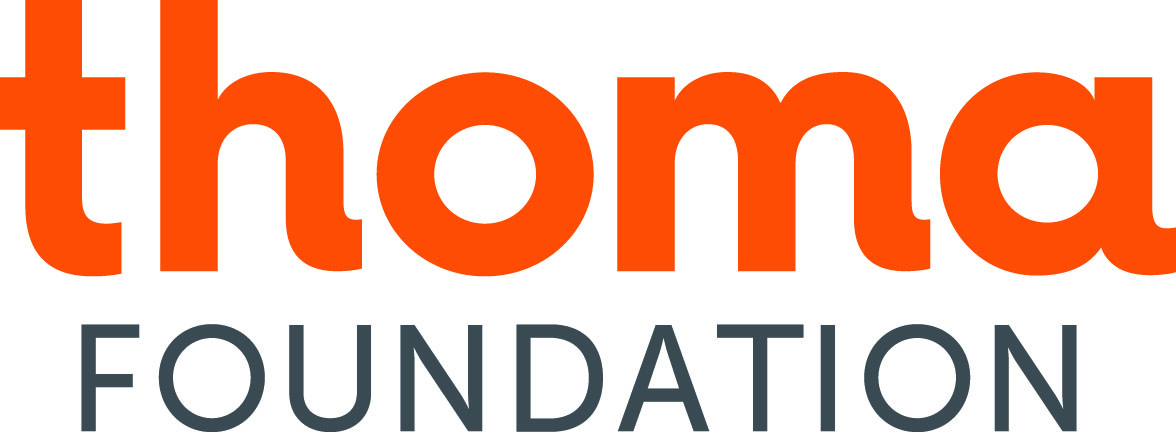
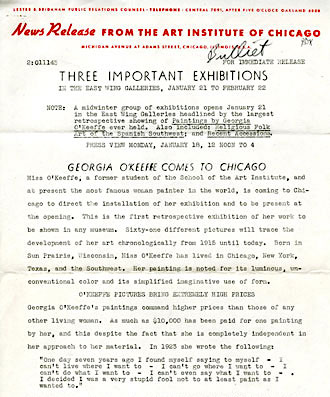
Figure 1. Art Institute of Chicago press release, January 11,
1943.
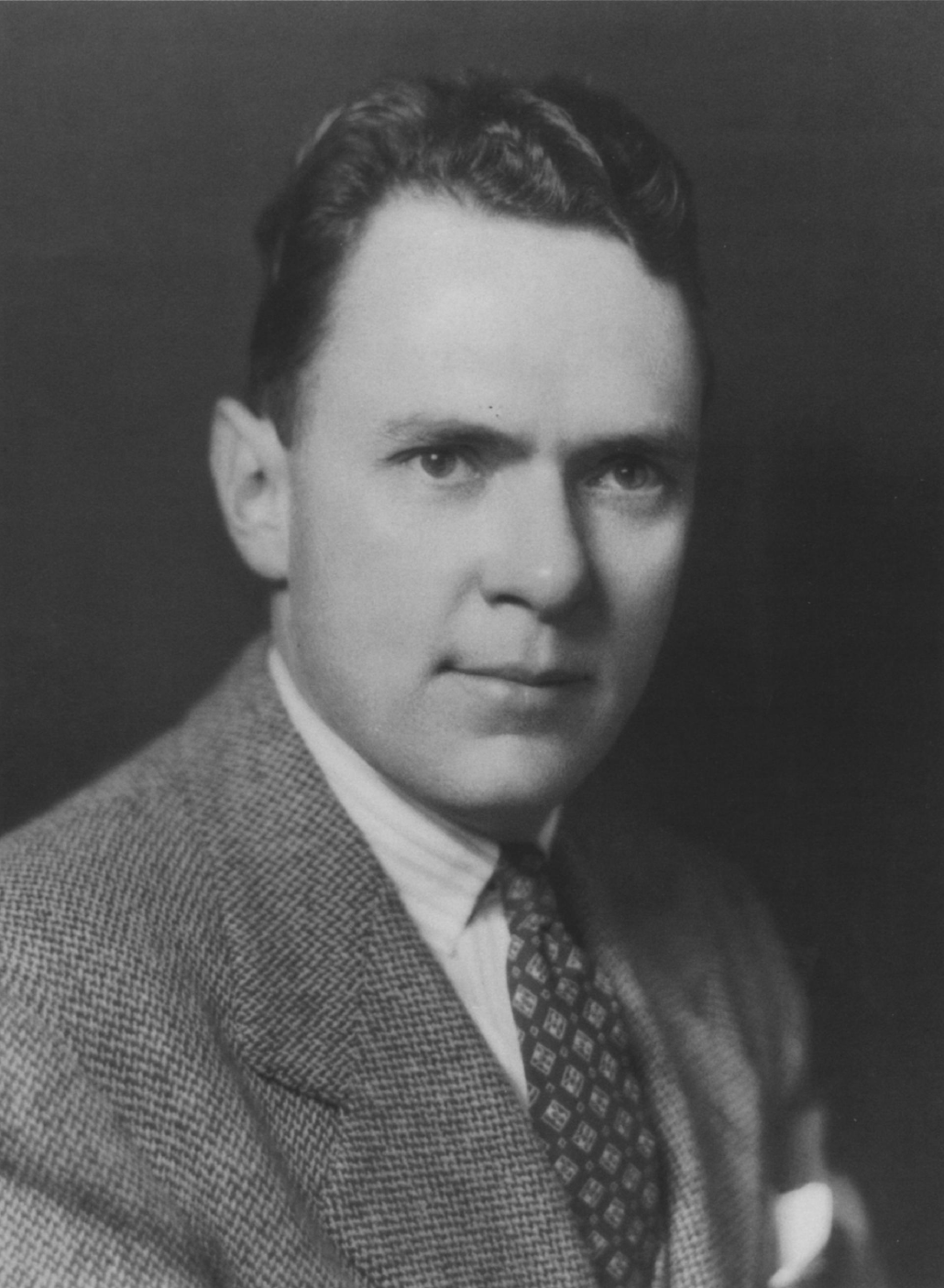
Figure 2. Daniel Catton Rich, 1939.

Figure 3. Georgia O’Keeffe to Alfred Stieglitz, January 23,
1943. Letters to Alfred Stieglitz, MS.9. Georgia O’Keeffe
Museum.
View on the O’Keeffe Museum website.
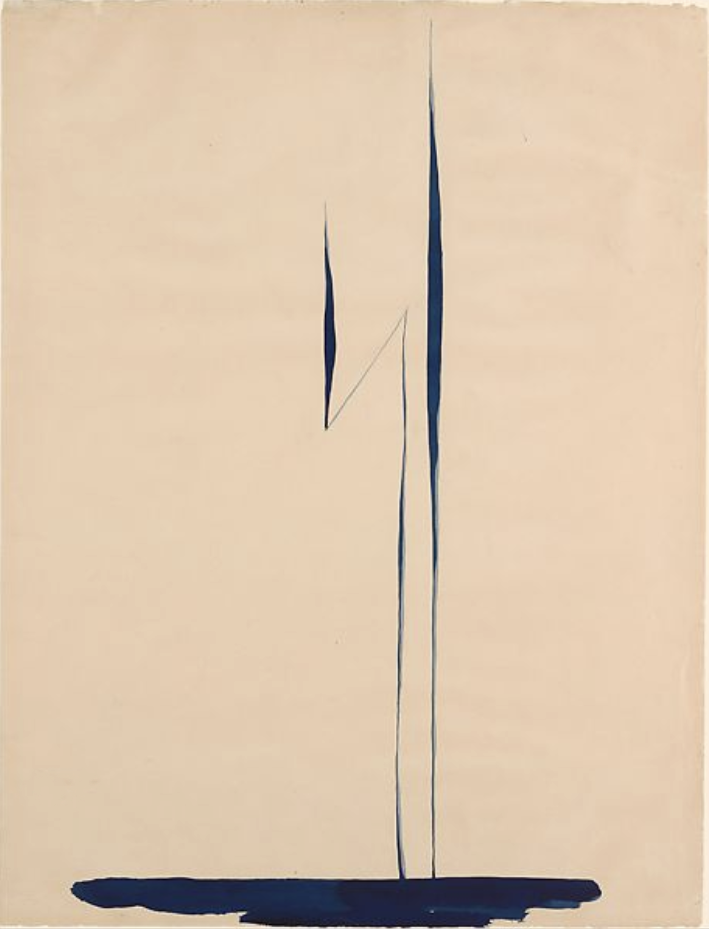
Figure 4. Georgia O’Keeffe. Blue Lines X /
Blue Lines, 1916. Watercolor and graphite on paper,
25 x 19 in. Metropolitan Museum of Art, Alfred Stieglitz
Collection.
View on the Met Museum website.
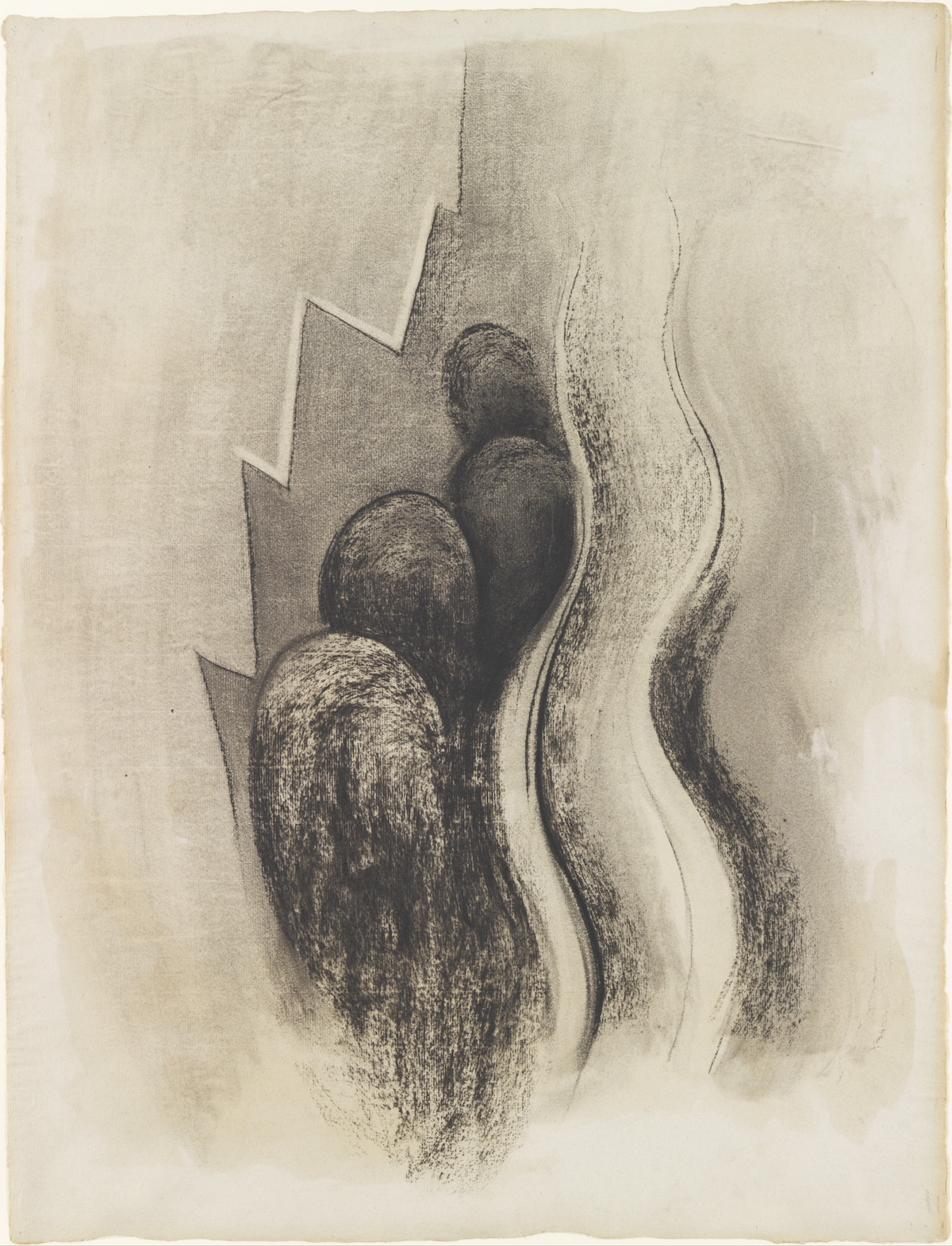
Figure 5. Georgia O’Keeffe. Drawing XIII, 1915 /
No. 13, Special, 1916. Charcoal on paper, 24 3/8 x 18
1/2 in. The Metropolitan Museum of Art, Alfred Stieglitz
Collection.
View on the Met Museum website.
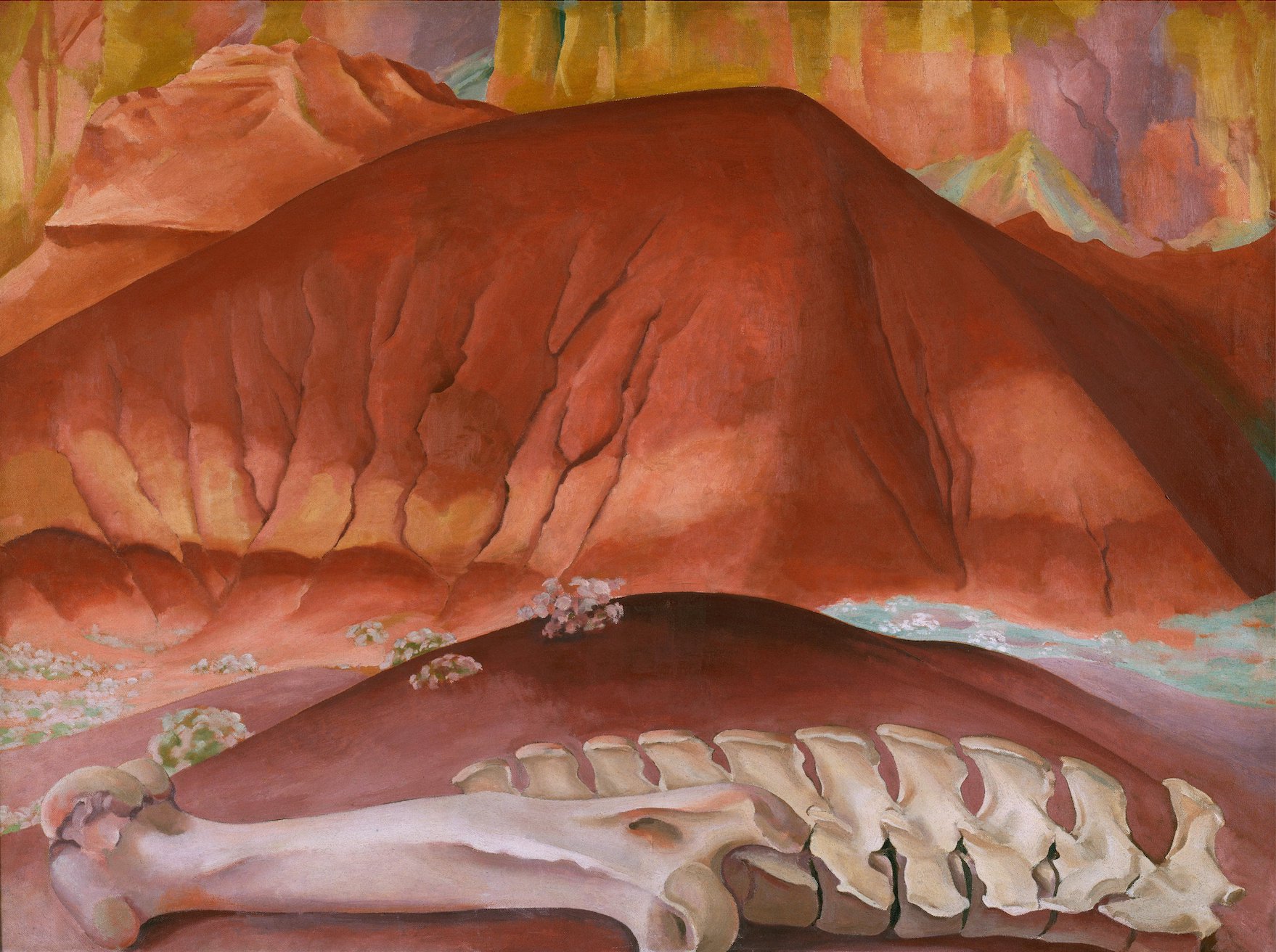
Figure 6. Georgia O’Keeffe. Red Hills and Bones,
1941. Oil on canvas, 29 3/4 x 40 in. Philadelphia Museum of
Art, Alfred Stieglitz Collection.
View on the PMA website.

Figure 7. Georgia O’Keeffe.
Turkey Feathers and Indian Pot, 1941. Oil on canvas.
Private Collection.
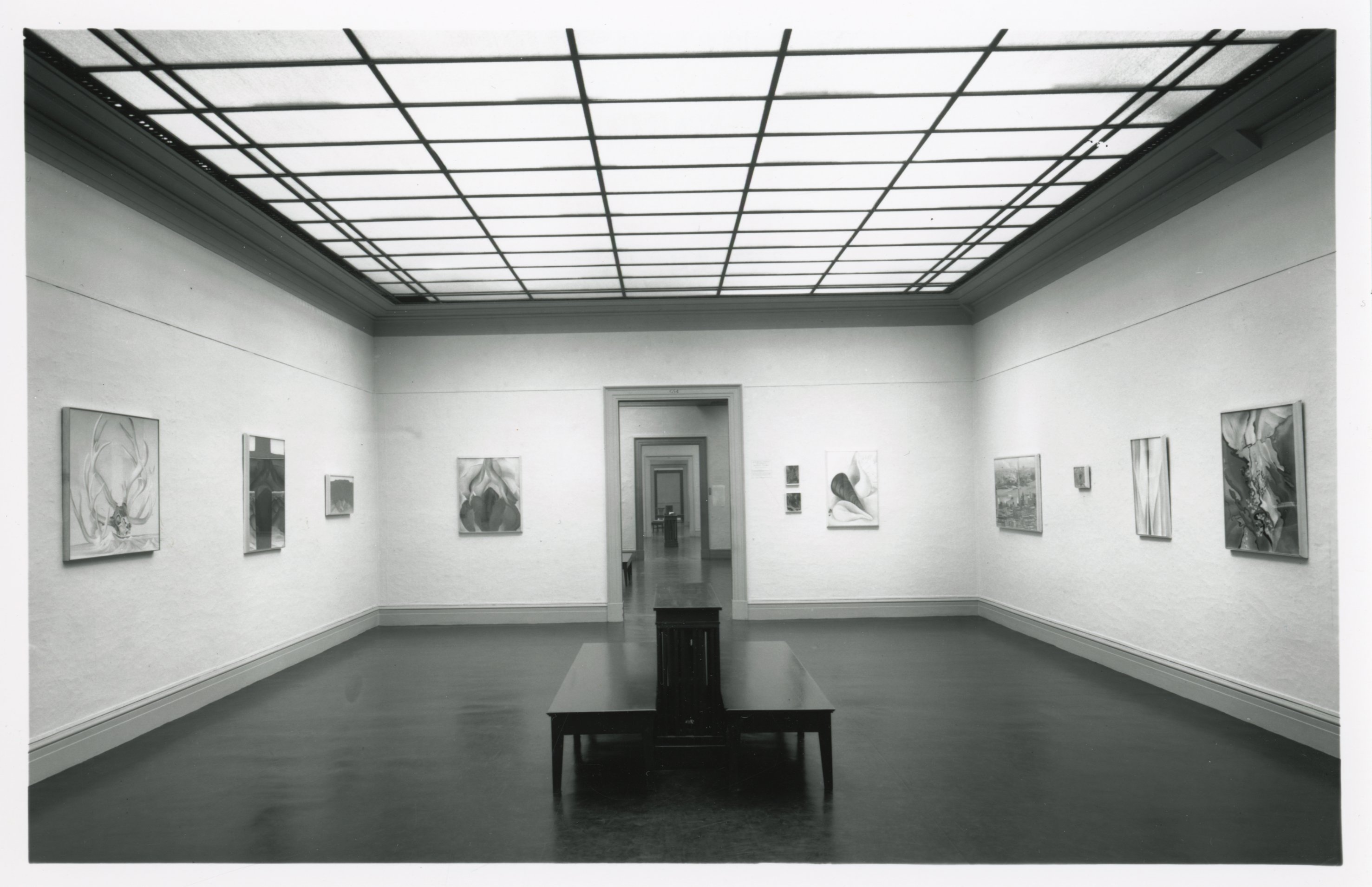
Figure 8. Exhibition installation photo, Art Institute of
Chicago, 1943.
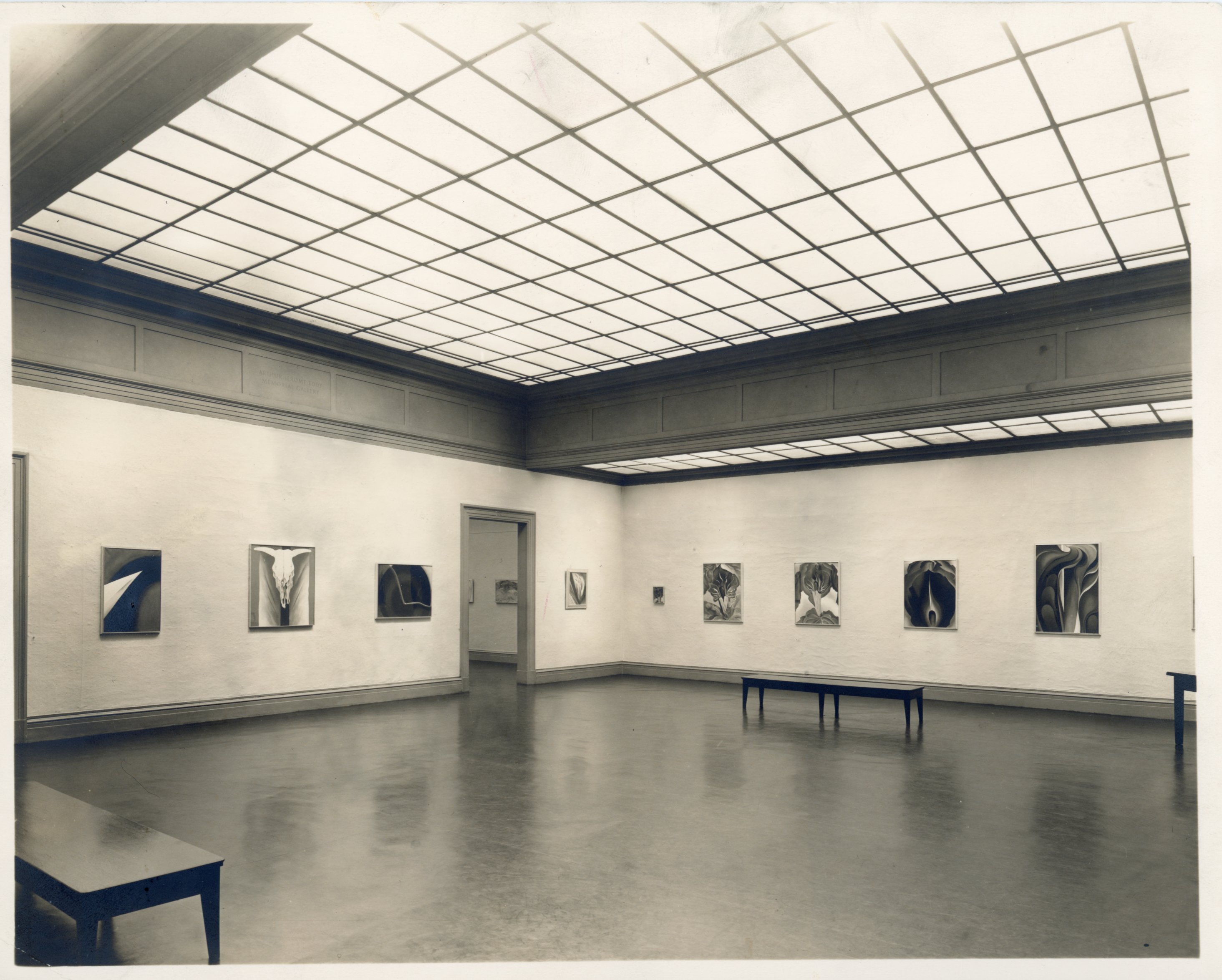
Figure 9. Exhibition installation photo, Art Institute of
Chicago, 1943.
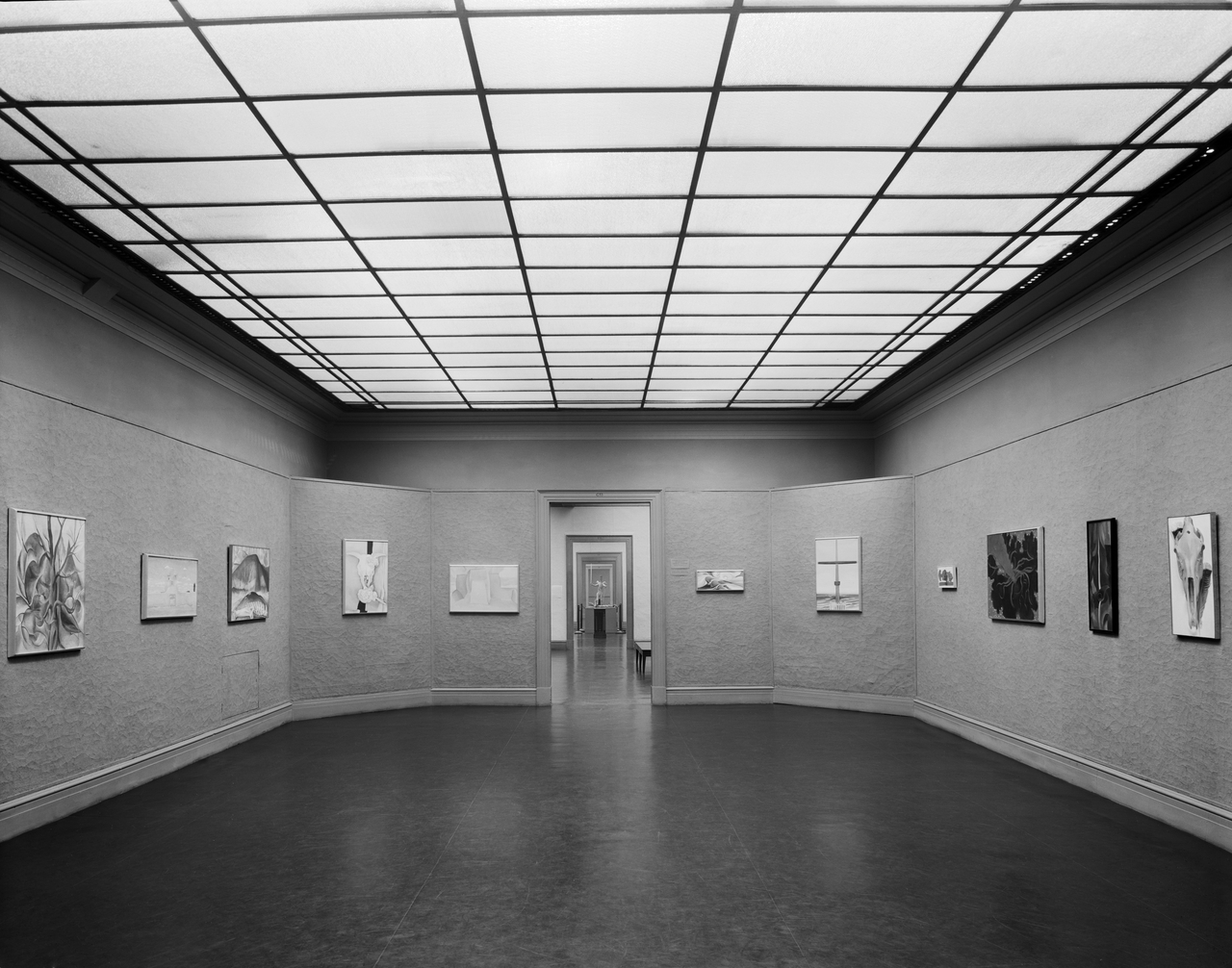
Figure 10. Exhibition installation photo, Art Institute of
Chicago, 1943.
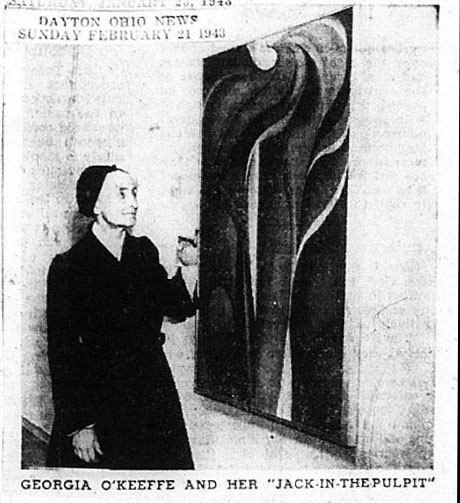
Figure 11. Clipping from a Dayton, Ohio newspaper. Sunday,
February 21, 1943.
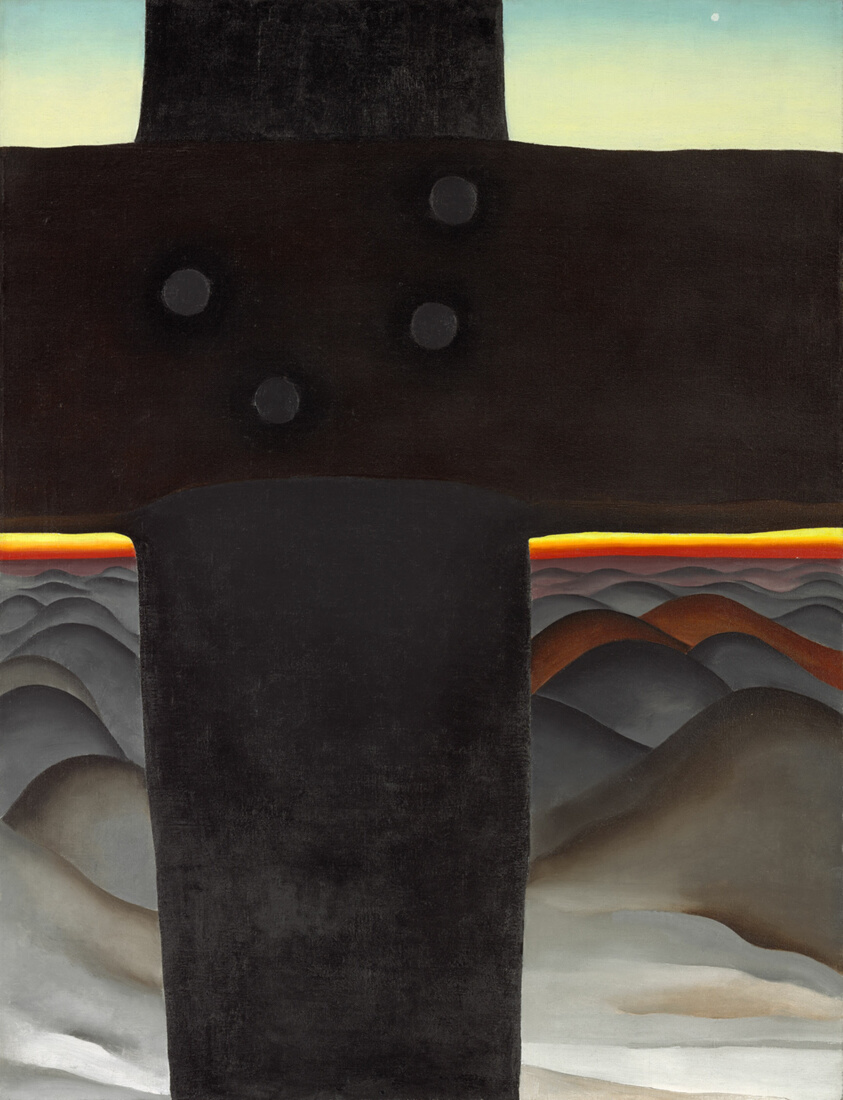
Figure 12. Georgia O’Keeffe.
Black Cross, New Mexico / Black Cross, 1929.
Oil on canvas, 39 x 30 in. Art Institute of Chicago.
View on the AIC website.

Alfred Stieglitz. Georgia O’Keeffe, 1918. Platinum
print, 9 1/4 x 7 1/4 in. Georgia O’Keeffe Museum. Gift of The
Georgia O’Keeffe Foundation.
View on the O’Keeffe Museum website.

Figure 1. Installation view of the 1946 exhibition
Georgia O’Keeffe at the Museum of Modern Art.
Photographic Archive. The Museum of Modern Art Archives, New
York. IN319.1. Photograph by Soichi Sunami.
View on the MoMA website.
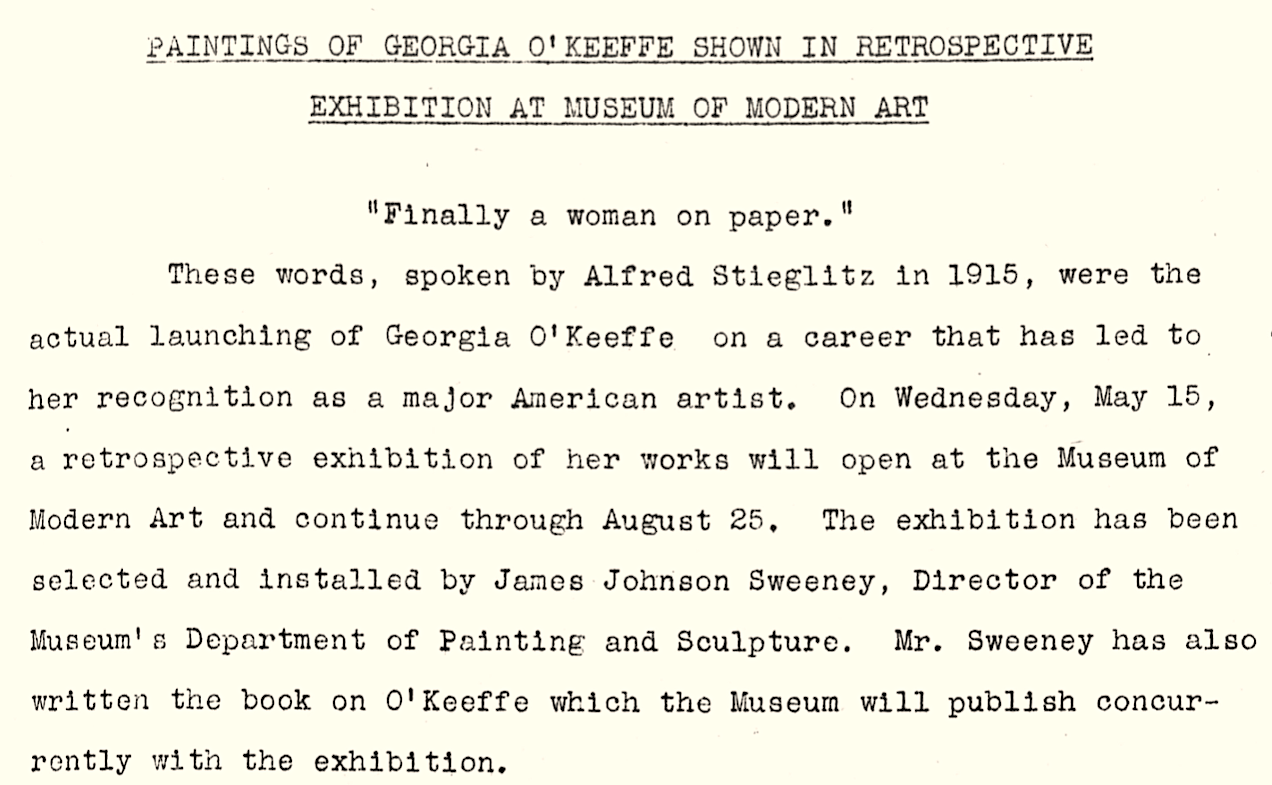
Figure 2. Museum of Modern Art press release (detail), 1946.
Full version available for download from the MoMA
website.
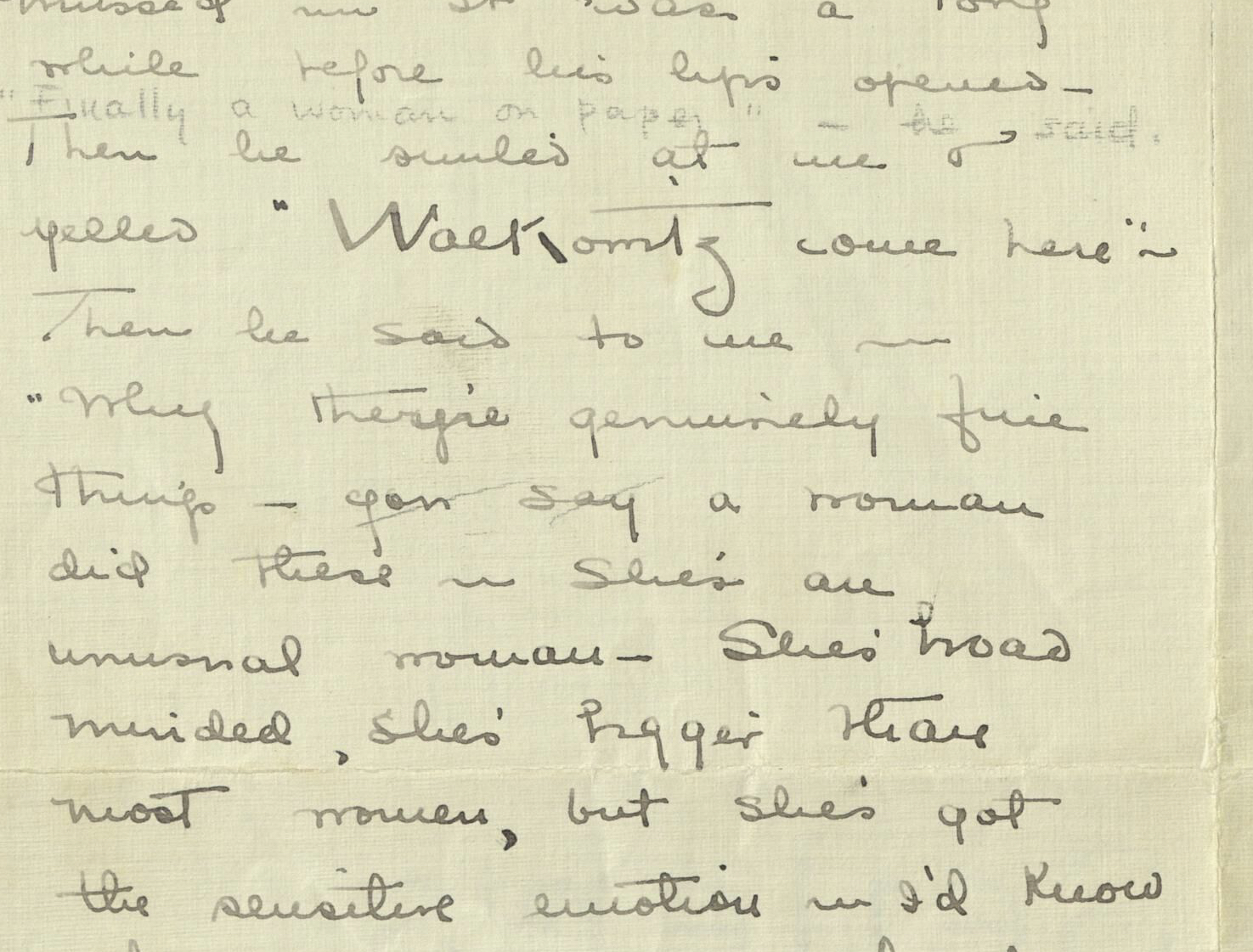
Figure 3. Anita Pollitzer to Georgia O’Keeffe, December 31,
1915 (detail). Alfred Stieglitz/Georgia O’Keeffe Archive. Yale
Collection of American Literature, Beinecke Rare Book and
Manuscript Library, Yale University.
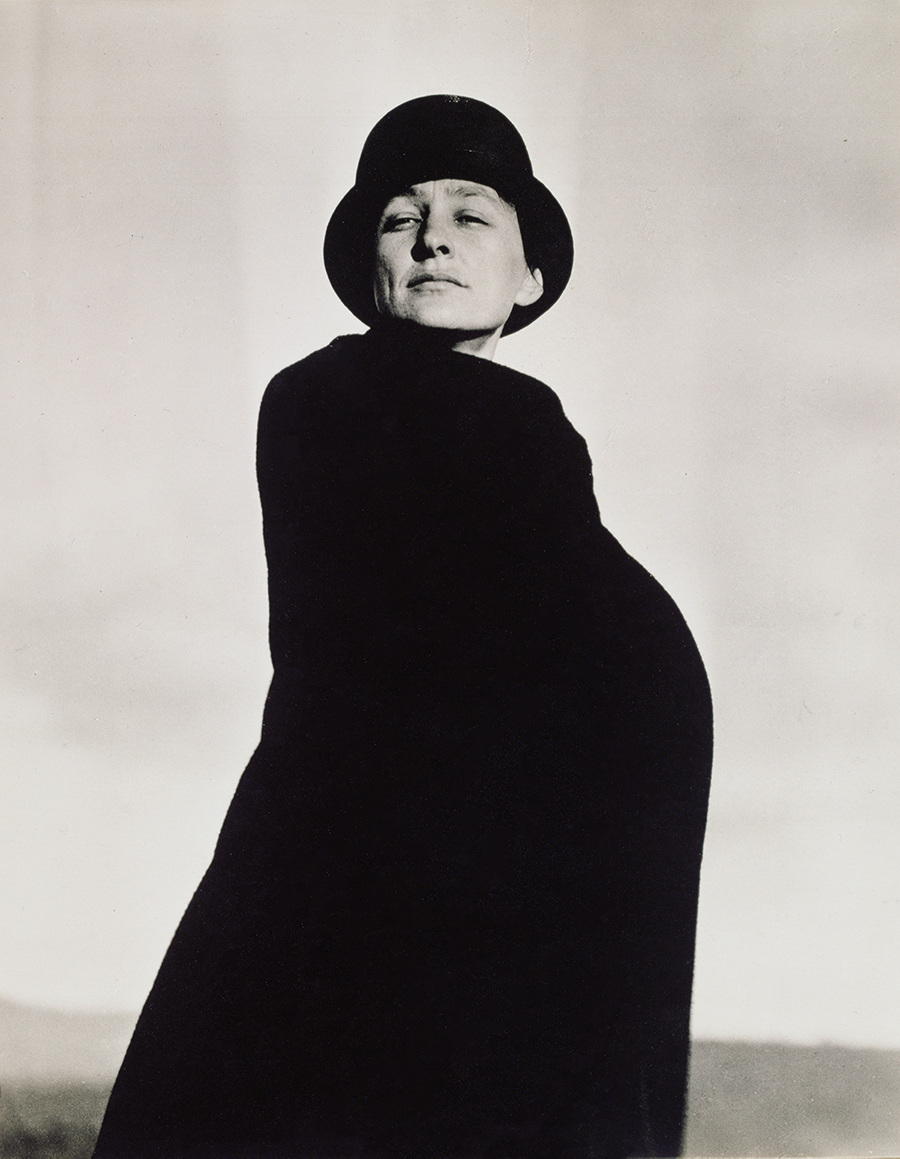
Figure 1. Alfred Stieglitz. Georgia O’Keeffe,
1920–22 . Gelatin silver print, 4 1/2 x 3 9/16 in. Georgia
O’Keeffe Museum. Gift of The Georgia O’Keeffe Foundation.
View on the O’Keeffe Museum website.

Figure 2. Georgia O’Keeffe.
Series I White & Blue Flower Shapes, 1919. Oil on
board, 19 7/8 x 15 3/4 in. Georgia O’Keeffe Museum. Gift of
The Georgia O’Keeffe Foundation.
View on the O’Keeffe Museum website.
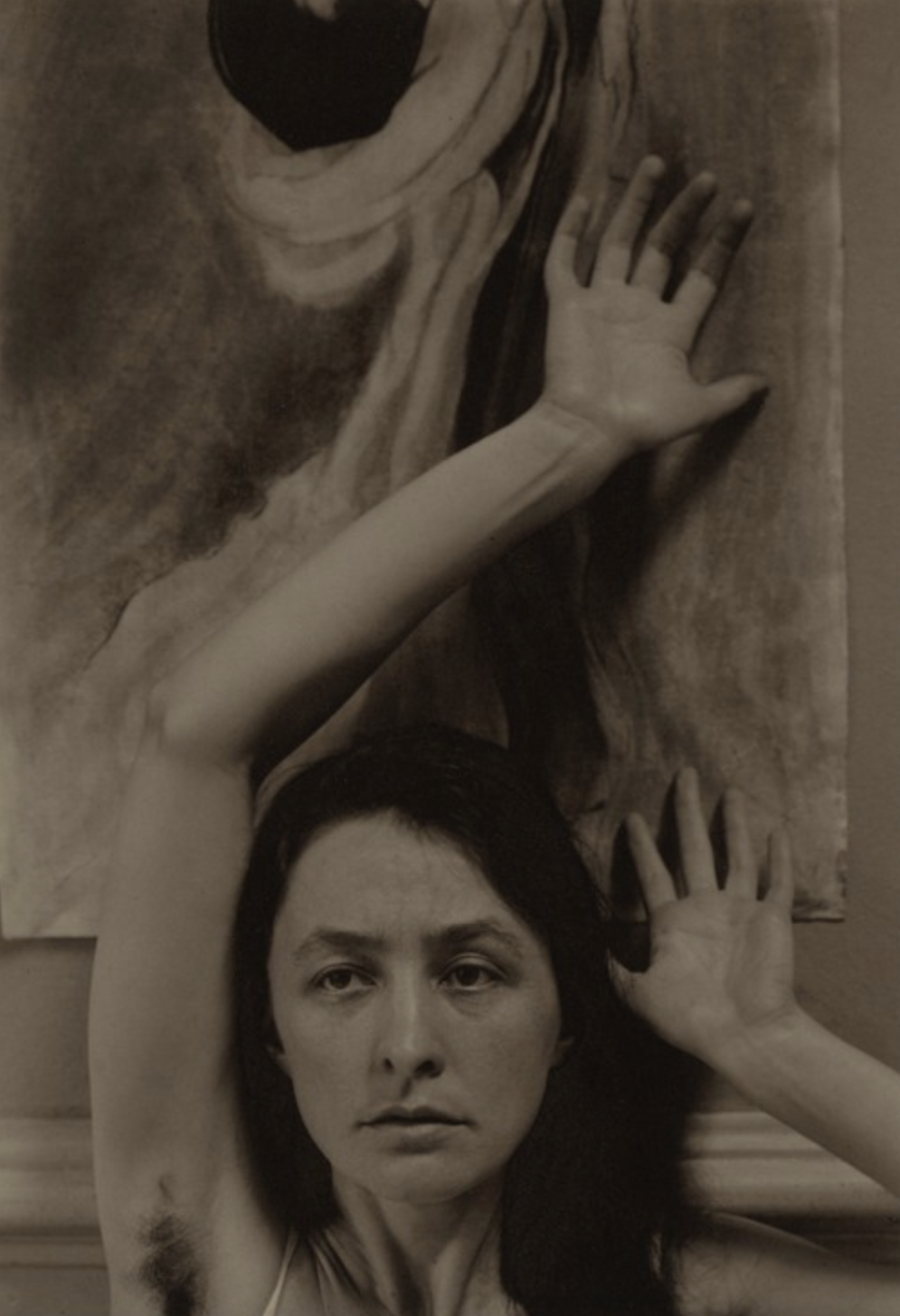
Figure 3. Alfred Stieglitz. Georgia O’Keeffe, 1918.
Palladium print, 9 3/8 x 6 3/8 in. National Gallery of Art,
Alfred Stieglitz Collection.
View on the NGA website.
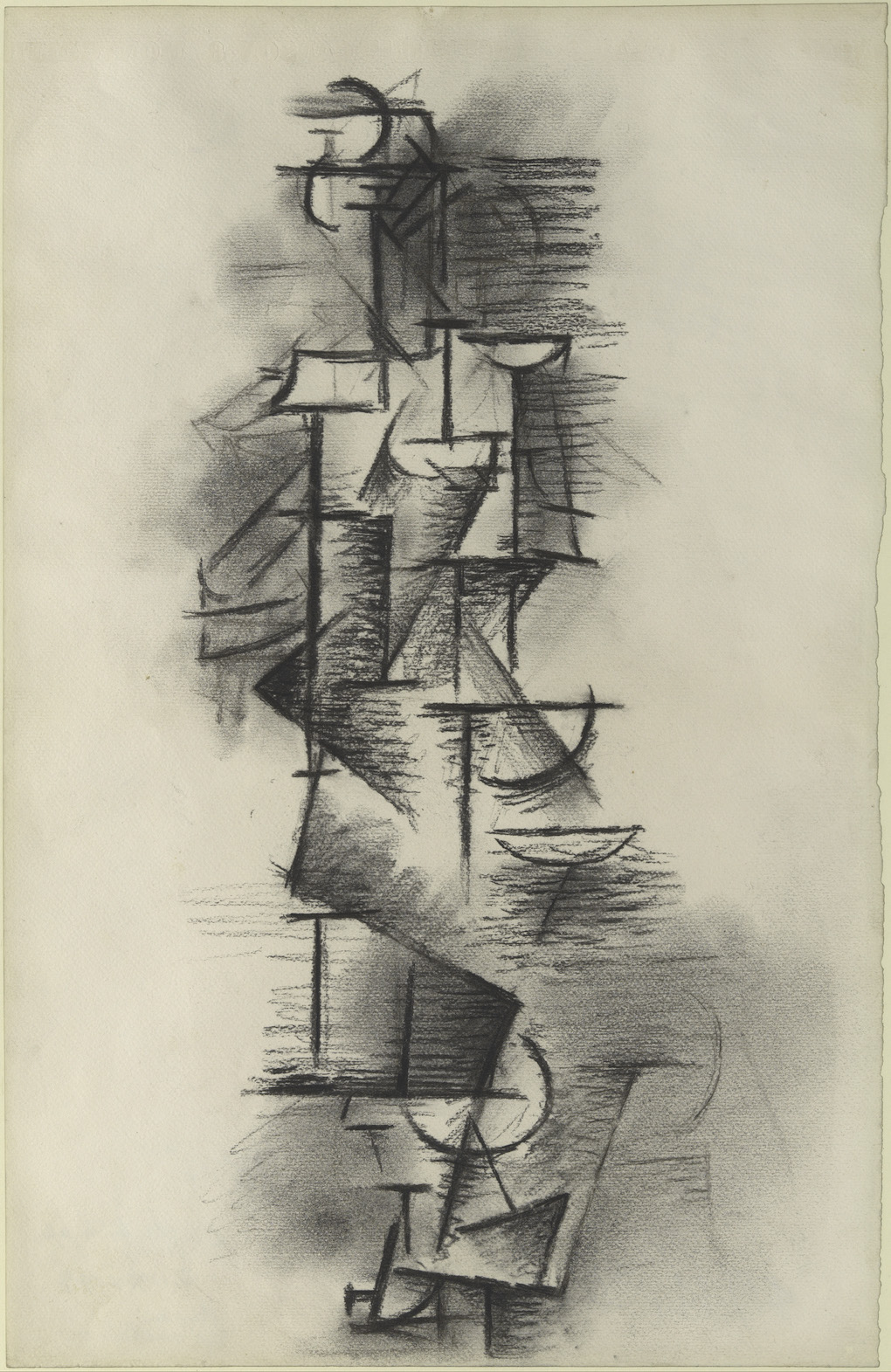
Figure 4. Pablo Picasso. Standing Female Nude, 1910.
Charcoal on paper, 19 x 12 3/8 in. Collection The Metropolitan
Museum of Art, Alfred Stieglitz Collection. © 2022 Estate of
Pablo Picasso/Artists Rights Society (ARS), New York.
View on the Met Museum website.

Figure 5. Georgia O’Keeffe. Drawing XIII, 1915 /
No. 13, Special, 1916. Charcoal on paper, 24 3/8 × 18
1/2 in. The Metropolitan Museum of Art, Alfred Stieglitz
Collection.
View on the Met Museum website.

Figure 6. Georgia O’Keeffe. Alligator Pear - No. 2,
1920–21. Oil on canvas, 23 1/4 x 18 in. Georgia O’Keeffe
Museum. Gift of The Georgia O’Keeffe Foundation.
View on the O’Keeffe Museum website.
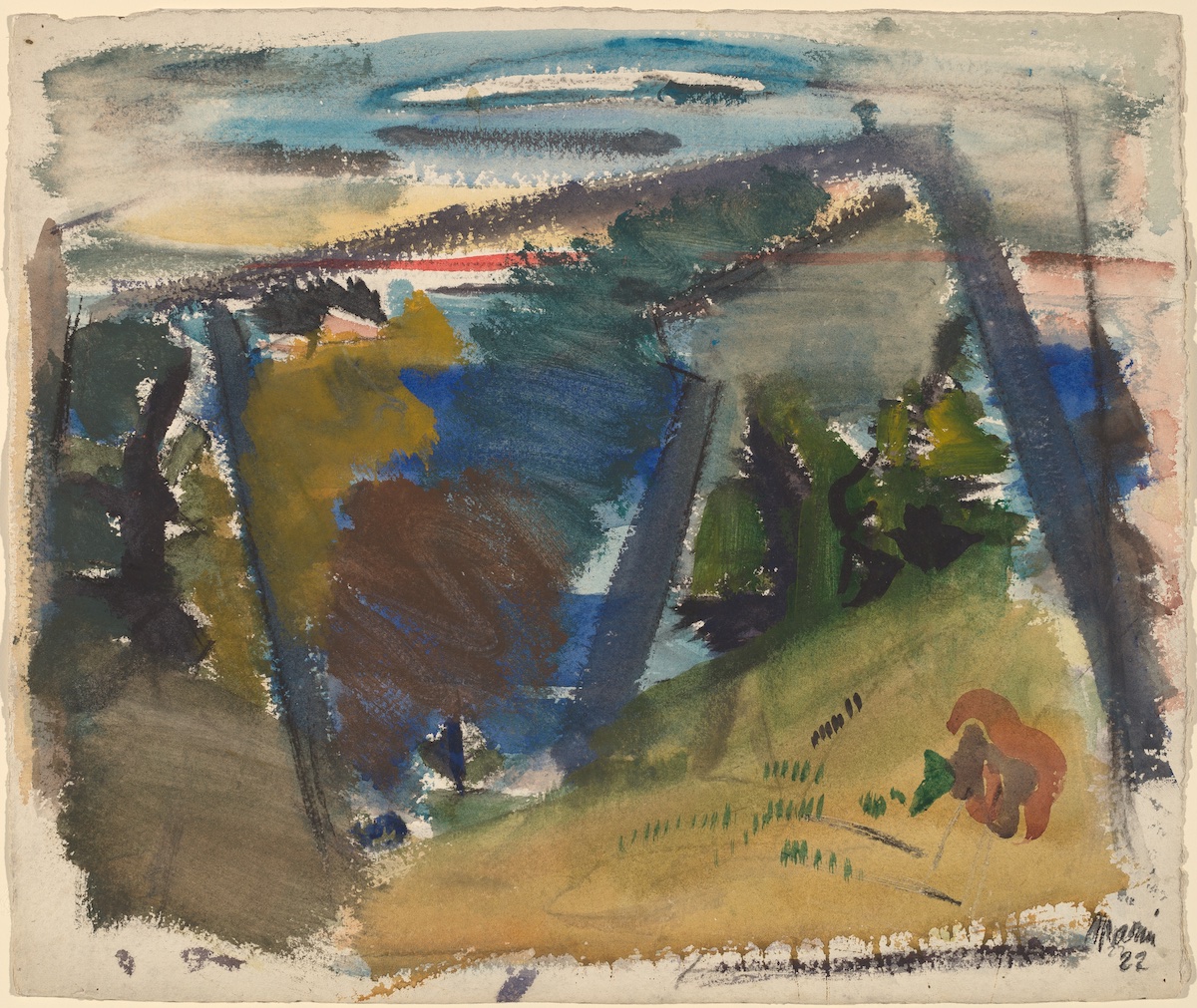
Figure 7. John Marin. From Deer Isle, Maine, 1922.
Watercolor, gouache, charcoal, and graphite on wove paper, 16
7/8 x 20 1/16 in. National Gallery of Art, Gift of John Marin
Jr.
View on the NGA website.
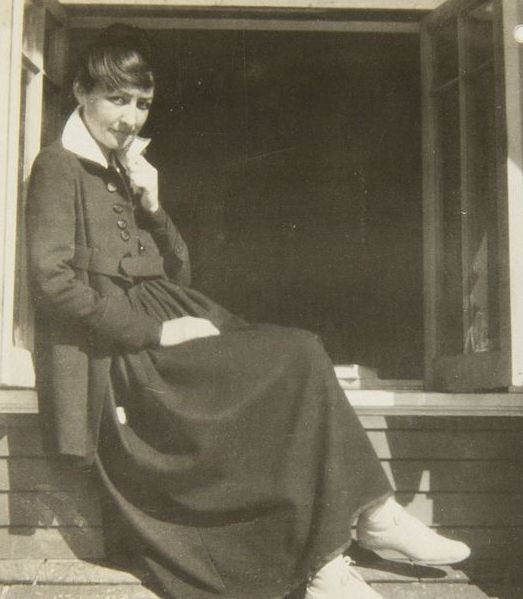
Figure 1. Unknown photographer.
Georgia O’Keeffe in Texas (detail), between 1912 and
1918. Georgia O’Keeffe Photographs, MS.37. Georgia O’Keeffe
Museum.
View on the O’Keeffe Museum website.
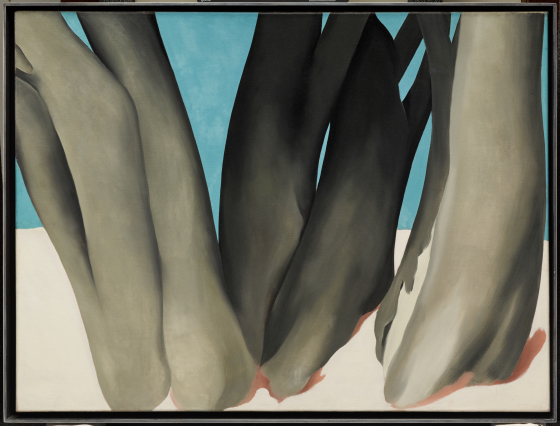
Figure 2. Georgia O’Keeffe.
Bare Tree Trunks with Snow, 1946. Oil on canvas, 29
1/2 x 39 1/2 in. Dallas Museum of Art, Dallas Art Association
Purchase.
View on the DMA website.

Figure 3. Georgia O’Keeffe. Winter Road I, 1963. Oil
on canvas, 22 x 18 inches. National Gallery of Art,
Washington, Gift of The Georgia O’Keeffe Foundation.
View on the NGA website.

Figure 4. Georgia O’Keeffe. Dark Mesa with Pink Sky,
1930. Oil on canvas, 16 x 29 7/8 inches. Amon Carter Museum of
American Art.
View on the Amon Carter website.
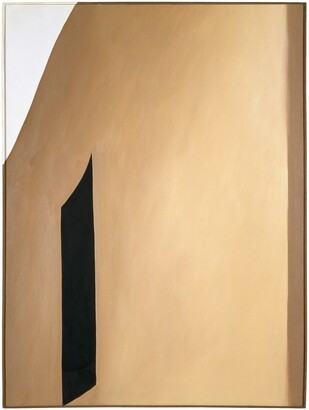
Figure 5. Georgia O’Keeffe. Black Patio Door, 1955.
Oil on Canvas, 40 1/8 x 30 in. Amon Carter Museum of American
Art.
View on the Amon Carter website.

Figure 6. Georgia O’Keeffe.
Light Coming on the Plains No. I, 1917. Watercolor on
thin, beige, smooth wove paper and newsprint, 11 7/8 x 8 7/8
in. Amon Carter Museum of American Art.
View on the Amon Carter website.

Figure 7. Georgia O’Keeffe.
Light Coming on the Plains No. II /
No. II Light Coming on the Plains, 1917. Watercolor
on thin, beige, smooth wove paper and newsprint, 11 7/8 x 8
7/8 in. Amon Carter Museum of American Art.
View on the Amon Carter website.

Figure 8. Georgia O’Keeffe.
Light Coming on the Plains No. III /
No. III Light Coming on the Plains, 1917. Watercolor
on thin, beige, smooth wove paper and newsprint, 11 7/8 x 8
7/8 in. Amon Carter Museum of American Art.
View on the Amon Carter website.

Figure 9. Georgia O’Keeffe. Evening Star No. V,
1917. Watercolor on paper, 8 5/8 x 11 5/8 in. McNay Art
Museum, Bequest of Helen Miller Jones.
View on the McNay website.

Figure 10. Georgia O’Keeffe.
Train Coming in - Canyon, Texas /
Train at Night in the Desert, 1916. Watercolor on
paper, 9 3/4 x 8 1/4 in. Amarillo Museum of Art, Purchased
with funds from the National Endowment for the Arts, Amarillo
Area Foundation, AMoA Alliance, Fannie Weymouth, Santa Fe
Industries Foundation and Mary Fain.
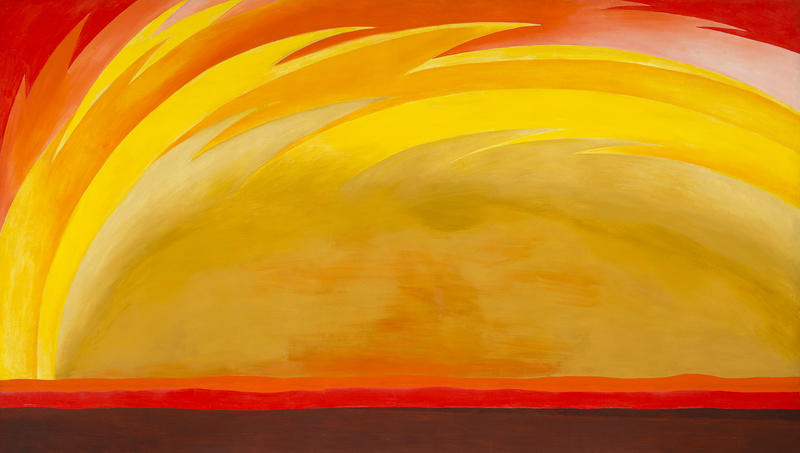
Figure 11. Georgia O’Keeffe. From the Plains I /
From the Plains, 1953. Oil on canvas, 47 11/16 x 83
5/8 in. McNay Art Museum, Gift of the Estate of Tom Slick.
View on the McNay website.
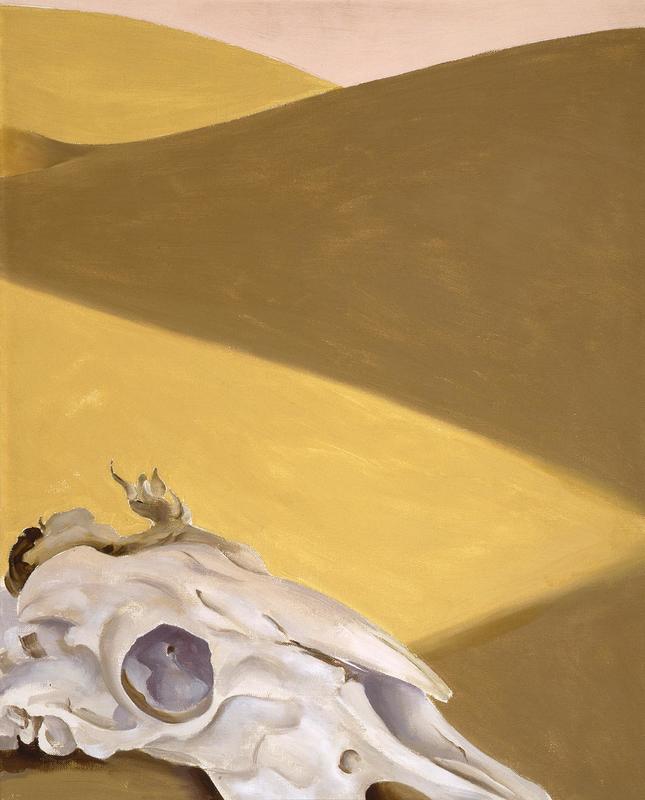
Figure 12. Georgia O’Keeffe. Goat’s Head, 1957. Oil
on canvas, 20 x 16 in. McNay Art Museum, Gift of the Estate of
Tom Slick.
View on the McNay website.
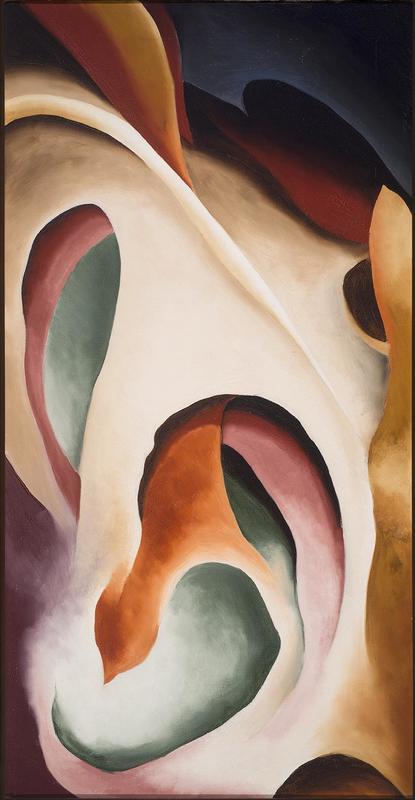
Figure 13. Georgia O’Keeffe. Leaf Motif, No. 2,
1924. Oil on canvas, 35 x 18 in. McNay Art Museum, Mary and
Sylvan Lang Collection.
View on the McNay website.

Figure 14. Georgia O’Keeffe.
Pelvis Series, Red with Yellow, 1945. Oil on canvas,
36 x 48 in. Extended Loan, Private Collection.


Figure 1. Art Institute of Chicago press release, January 11,
1943.

Figure 2. Daniel Catton Rich, 1939.

Figure 3. Georgia O’Keeffe to Alfred Stieglitz, January 23,
1943. Letters to Alfred Stieglitz, MS.9. Georgia O’Keeffe
Museum.
View on the O’Keeffe Museum website.

Figure 4. Georgia O’Keeffe. Blue Lines X /
Blue Lines, 1916. Watercolor and graphite on paper,
25 x 19 in. Metropolitan Museum of Art, Alfred Stieglitz
Collection.
View on the Met Museum website.

Figure 5. Georgia O’Keeffe. Drawing XIII, 1915 /
No. 13, Special, 1916. Charcoal on paper, 24 3/8 x 18
1/2 in. The Metropolitan Museum of Art, Alfred Stieglitz
Collection.
View on the Met Museum website.

Figure 6. Georgia O’Keeffe. Red Hills and Bones,
1941. Oil on canvas, 29 3/4 x 40 in. Philadelphia Museum of
Art, Alfred Stieglitz Collection.
View on the PMA website.

Figure 7. Georgia O’Keeffe.
Turkey Feathers and Indian Pot, 1941. Oil on canvas.
Private Collection.

Figure 8. Exhibition installation photo, Art Institute of
Chicago, 1943.

Figure 9. Exhibition installation photo, Art Institute of
Chicago, 1943.

Figure 10. Exhibition installation photo, Art Institute of
Chicago, 1943.

Figure 11. Clipping from a Dayton, Ohio newspaper. Sunday,
February 21, 1943.

Figure 12. Georgia O’Keeffe.
Black Cross, New Mexico / Black Cross, 1929.
Oil on canvas, 39 x 30 in. Art Institute of Chicago.
View on the AIC website.

Alfred Stieglitz. Georgia O’Keeffe, 1918. Platinum
print, 9 1/4 x 7 1/4 in. Georgia O’Keeffe Museum. Gift of The
Georgia O’Keeffe Foundation.
View on the O’Keeffe Museum website.

Figure 1. Alfred Stieglitz. Georgia O’Keeffe,
1920–22 . Gelatin silver print, 4 1/2 x 3 9/16 in. Georgia
O’Keeffe Museum. Gift of The Georgia O’Keeffe Foundation.
View on the O’Keeffe Museum website.

Figure 2. Georgia O’Keeffe.
Series I White & Blue Flower Shapes, 1919. Oil on
board, 19 7/8 x 15 3/4 in. Georgia O’Keeffe Museum. Gift of
The Georgia O’Keeffe Foundation.
View on the O’Keeffe Museum website.

Figure 3. Alfred Stieglitz. Georgia O’Keeffe, 1918.
Palladium print, 9 3/8 x 6 3/8 in. National Gallery of Art,
Alfred Stieglitz Collection.
View on the NGA website.

Figure 4. Pablo Picasso. Standing Female Nude, 1910.
Charcoal on paper, 19 x 12 3/8 in. Collection The Metropolitan
Museum of Art, Alfred Stieglitz Collection. © 2022 Estate of
Pablo Picasso/Artists Rights Society (ARS), New York.
View on the Met Museum website.

Figure 5. Georgia O’Keeffe. Drawing XIII, 1915 /
No. 13, Special, 1916. Charcoal on paper, 24 3/8 × 18
1/2 in. The Metropolitan Museum of Art, Alfred Stieglitz
Collection.
View on the Met Museum website.

Figure 6. Georgia O’Keeffe. Alligator Pear - No. 2,
1920–21. Oil on canvas, 23 1/4 x 18 in. Georgia O’Keeffe
Museum. Gift of The Georgia O’Keeffe Foundation.
View on the O’Keeffe Museum website.

Figure 7. John Marin. From Deer Isle, Maine, 1922.
Watercolor, gouache, charcoal, and graphite on wove paper, 16
7/8 x 20 1/16 in. National Gallery of Art, Gift of John Marin
Jr.
View on the NGA website.

Figure 1. Installation view of the 1946 exhibition
Georgia O’Keeffe at the Museum of Modern Art.
Photographic Archive. The Museum of Modern Art Archives, New
York. IN319.1. Photograph by Soichi Sunami.
View on the MoMA website.

Figure 2. Museum of Modern Art press release (detail), 1946.
Full version available for download from the MoMA
website.

Figure 3. Anita Pollitzer to Georgia O’Keeffe, December 31,
1915 (detail). Alfred Stieglitz/Georgia O’Keeffe Archive. Yale
Collection of American Literature, Beinecke Rare Book and
Manuscript Library, Yale University.

Figure 1. Unknown photographer.
Georgia O’Keeffe in Texas (detail), between 1912 and
1918. Georgia O’Keeffe Photographs, MS.37. Georgia O’Keeffe
Museum.
View on the O’Keeffe Museum website.

Figure 2. Georgia O’Keeffe.
Bare Tree Trunks with Snow, 1946. Oil on canvas, 29
1/2 x 39 1/2 in. Dallas Museum of Art, Dallas Art Association
Purchase.
View on the DMA website.

Figure 3. Georgia O’Keeffe. Winter Road I, 1963. Oil
on canvas, 22 x 18 inches. National Gallery of Art,
Washington, Gift of The Georgia O’Keeffe Foundation.
View on the NGA website.

Figure 4. Georgia O’Keeffe. Dark Mesa with Pink Sky,
1930. Oil on canvas, 16 x 29 7/8 inches. Amon Carter Museum of
American Art.
View on the Amon Carter website.

Figure 5. Georgia O’Keeffe. Black Patio Door, 1955.
Oil on Canvas, 40 1/8 x 30 in. Amon Carter Museum of American
Art.
View on the Amon Carter website.

Figure 6. Georgia O’Keeffe.
Light Coming on the Plains No. I, 1917. Watercolor on
thin, beige, smooth wove paper and newsprint, 11 7/8 x 8 7/8
in. Amon Carter Museum of American Art.
View on the Amon Carter website.

Figure 7. Georgia O’Keeffe.
Light Coming on the Plains No. II /
No. II Light Coming on the Plains, 1917. Watercolor
on thin, beige, smooth wove paper and newsprint, 11 7/8 x 8
7/8 in. Amon Carter Museum of American Art.
View on the Amon Carter website.

Figure 8. Georgia O’Keeffe.
Light Coming on the Plains No. III /
No. III Light Coming on the Plains, 1917. Watercolor
on thin, beige, smooth wove paper and newsprint, 11 7/8 x 8
7/8 in. Amon Carter Museum of American Art.
View on the Amon Carter website.

Figure 9. Georgia O’Keeffe. Evening Star No. V,
1917. Watercolor on paper, 8 5/8 x 11 5/8 in. McNay Art
Museum, Bequest of Helen Miller Jones.
View on the McNay website.

Figure 10. Georgia O’Keeffe.
Train Coming in - Canyon, Texas /
Train at Night in the Desert, 1916. Watercolor on
paper, 9 3/4 x 8 1/4 in. Amarillo Museum of Art, Purchased
with funds from the National Endowment for the Arts, Amarillo
Area Foundation, AMoA Alliance, Fannie Weymouth, Santa Fe
Industries Foundation and Mary Fain.

Figure 11. Georgia O’Keeffe. From the Plains I /
From the Plains, 1953. Oil on canvas, 47 11/16 x 83
5/8 in. McNay Art Museum, Gift of the Estate of Tom Slick.
View on the McNay website.

Figure 12. Georgia O’Keeffe. Goat’s Head, 1957. Oil
on canvas, 20 x 16 in. McNay Art Museum, Gift of the Estate of
Tom Slick.
View on the McNay website.

Figure 13. Georgia O’Keeffe. Leaf Motif, No. 2,
1924. Oil on canvas, 35 x 18 in. McNay Art Museum, Mary and
Sylvan Lang Collection.
View on the McNay website.

Figure 14. Georgia O’Keeffe.
Pelvis Series, Red with Yellow, 1945. Oil on canvas,
36 x 48 in. Extended Loan, Private Collection.
of